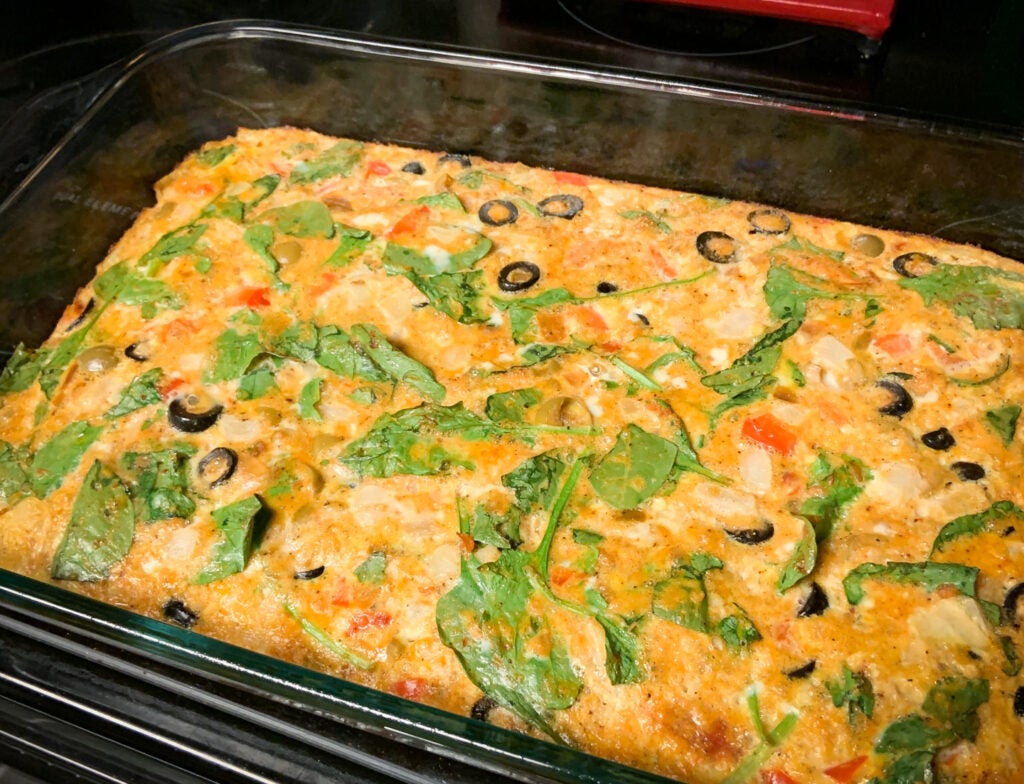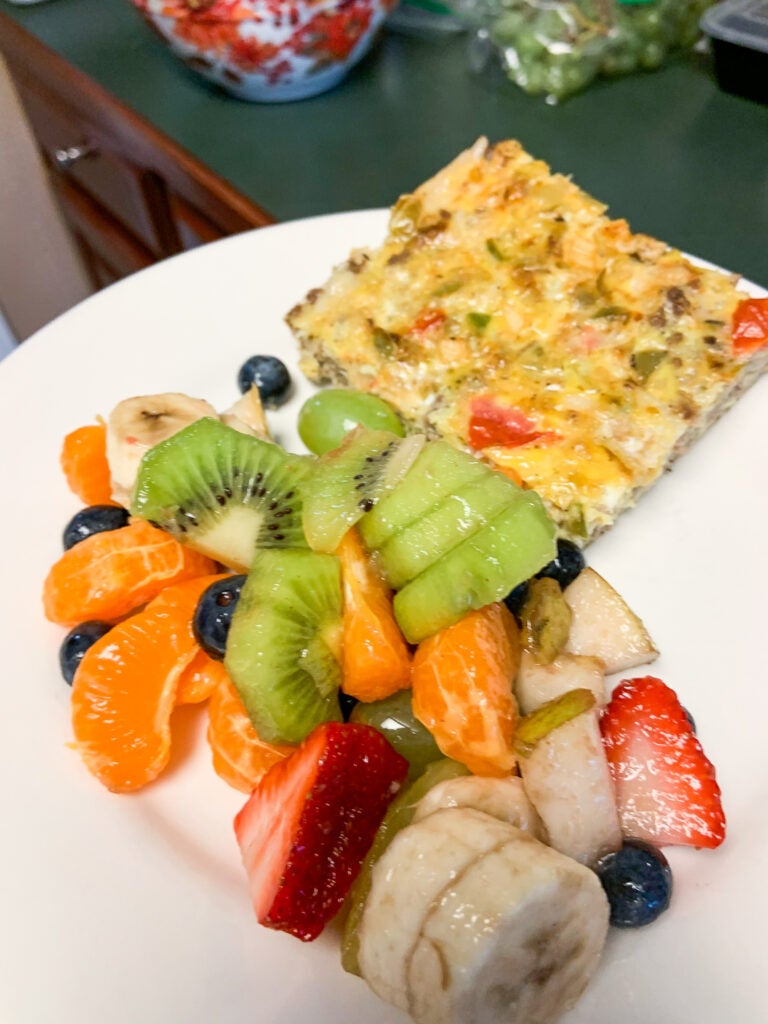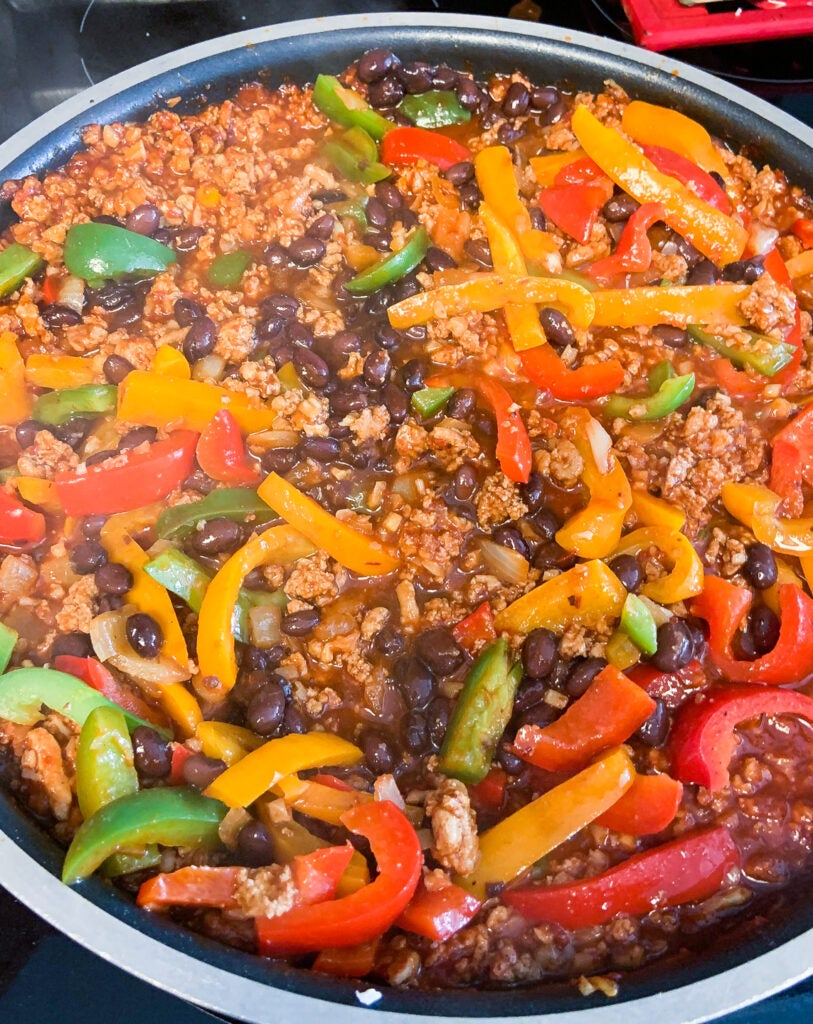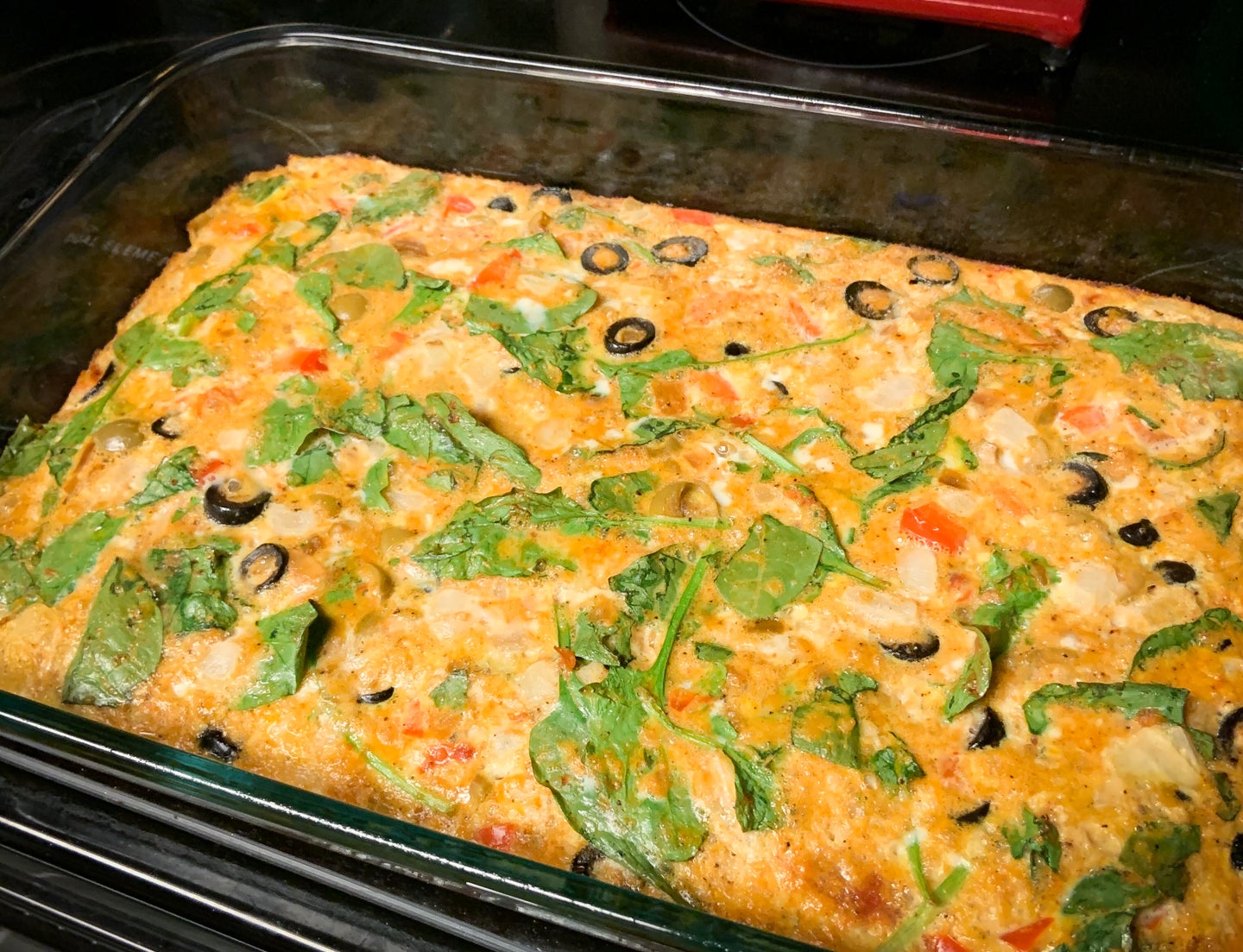You know, if you want to eat healthy, the best thing to do, in my opinion, is move out of Kentucky.
Heck, you may even want to move out of the South all together.
I mean, let’s face it, Kentucky cuisine, and Southern staples, are not exactly healthy eating. The state dish — the Hot Brown — is essentially two slices of white bread layered with turkey and ham, slathered under cheese sauce and topped with bacon and more cheese … and then there’s a tomato slice just to show off we do eat vegetables, right?
And then, there’s the fried chicken. Nothing screams “wow, could you get any less healthy?” like a piece of chicken steeped in seasoned buttermilk, then thrown into batter and deep-fried for 20 minutes, right? Oh, and don’t forget the sides — mashed potatoes made with plenty of butter and covered in a rich cream gravy and cole slaw dripping in mayonnaise if you’re lucky, collard greens and macaroni and cheese, if you’re in soul food heaven.
Even the vegetables in Kentucky cooking get the treatment. Who among us hasn’t had green beans in a pot with new potatoes and strips of bacon cooked until dead — we’re talking about three hours here, plenty of time for every single nutrient the green beans ever possessed to have escaped the pot and started their own nature commune in the neighbor’s garden.
They’re not the healthiest of choices.
Nutritionists say eating healthier means making better choices.
“There’s not one perfect way to eat,” said Vanessa Oliver, a dietician with the University of Kentucky. “There’s not one food or meal that makes you healthy, just like there’s not one food or meal that makes you unhealthy. It’s the choices you make consistently over time that matter.”
According to the Centers for Disease Control and Prevention (CDC), Americans need to choose more fruits and vegetables, and fewer fatty foods. Nutritionists with the CDC estimate that nearly 90% of Americans don’t get the recommended 2 ½ cups of vegetables and 2 cups of fruits per day. If Americans do eat vegetables, the CDC nutritionists say, they’re more likely to be part of a sandwich or casserole, adding extra and unnecessary fats and sodium.
The CDC’s Dietary Guidelines make a point to recommend people not eliminate foods, but to make better choices about foods and ensure that the food you do eat are nutrient dense.
“An underlying premise of the Dietary Guidelines is that nutritional needs should be met primarily from foods and beverages — specifically, nutrient-dense foods and beverages,” the CDC said on its website. “Nutrient-dense foods provide vitamins, minerals and other health-promoting components and have no or little added sugars, saturated fat and sodium. A healthy dietary pattern consists of nutrient-dense forms of foods and beverages across all food groups, in recommended amounts, and within calorie limits.”
That means a diet should have an emphasis on vegetables, fruits, whole grains and fat-free or low-fat milk and milk products. When it comes to proteins, you should opt for leaner meats and poultry, seafood, eggs, beans, nuts and seeds.
Those foods don’t have to be the “it” foods of the day, Oliver said.
“If you don’t like kale, don’t eat kale,” she said. “Kale, cauliflower and whatever the vegetable of the moment is doesn’t have any value over other leafy greens or cruciferous vegetables. They just have better marketing teams.”
Healthy eating habits should also include limiting foods and beverages higher in added sugars, saturated fat and sodium.
But, Oliver said, that doesn’t mean eliminating some foods.
“I don’t use the words clean/good when it comes to food and diet, as it implies that there are foods that are dirty/bad,” she said. “I do believe there are foods that are generally more nutritious than others in that certain foods simply have more nutrients. These foods generally make your body feel good, keep you full and give you energy. But, there’s also value in eating and including foods that are designed primarily for pleasure.”
Little changes can make a real difference, experts say. For instance, switching out sparkling waters for sodas can save hundreds of calories a day, and limit the amount of added sugar you’re drinking. Switching from a regular fruit flavored yogurt to a low-fat yogurt with fresh fruit can give you a more nutrient-rich snack, with fewer sugars and calories.
Changing from grilling, pan-frying or deep-frying to broiling, roasting or slow cooking can reduce the number of calories in a dish, as well as lower the amount of fats in the dish. Even using olive oil instead of butter when cooking can make a difference in the amount of fats you’re cooking with.
Making little changes in the way you eat can make a big difference in how you feel and how healthy you are. Instead of eliminating the foods you love, experts say, it’s better to change the way you cook them to make sure you’re eating the healthy way.
It doesn’t mean you have to entirely give up fried chicken, macaroni and cheese, hot browns and good ol’ fashioned green beans. Just maybe limit them. In hindsight, that’s probably a much better alternative to moving out of state. Who wants to eat kale and bean sprouts in California anyway?
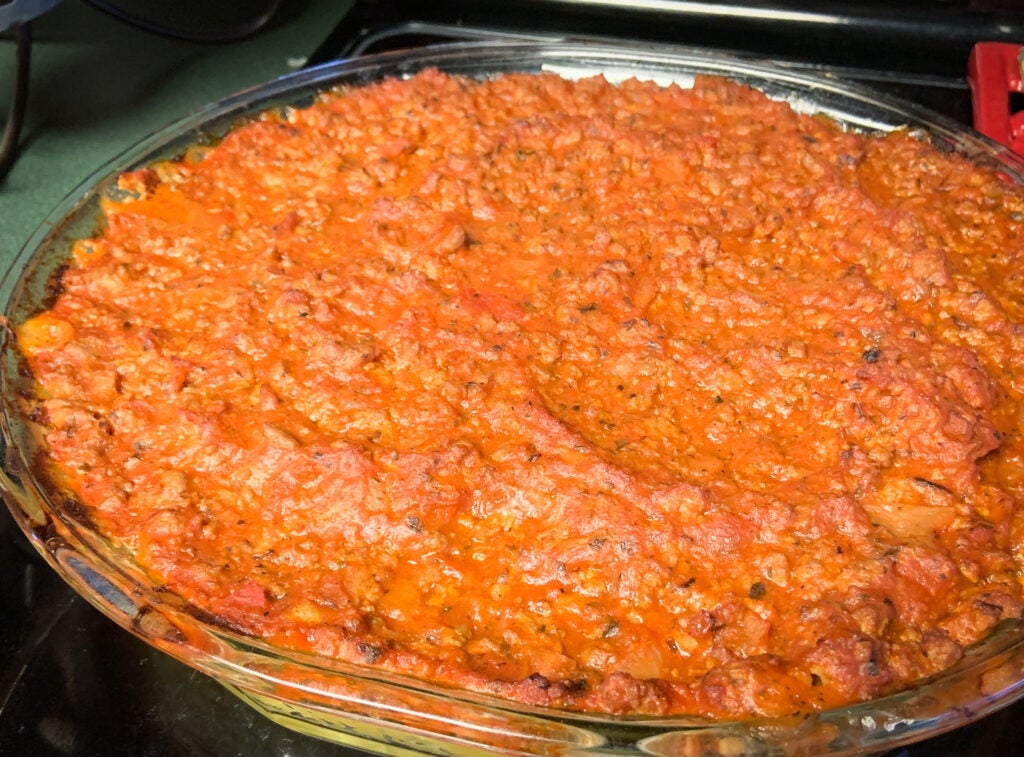
Cathy’s Spaghetti Squash Casserole
(Recipe courtesy of Cathy Jennings. Read about her weightloss on page 23. )
Ingredients:
1 spaghetti squash
2 cans diced tomatoes
1 large can tomato sauce
2 tablespoon Italian seasoning
1 tablespoonoregano
1 tablespoon minced garlic
1 package frozen pepper blend with onions
1 pound package of ground turkey
Directions:
Brown the ground turkey and drain. Add the diced tomatoes, tomato sauce and spices to the pan. Also, add the frozen pepper blend and the mixed garlic.
Cut the spaghetti squash in half and turn upside down in a baking dish, or microwave each half in a pie plate separately for 15 minutes. Take out and let cool. Then take a fork and pull out the squash from the shell. Layer the squash in a baking dish with the sauce mixture.
Bake at 375 degrees for 30 minutes.
